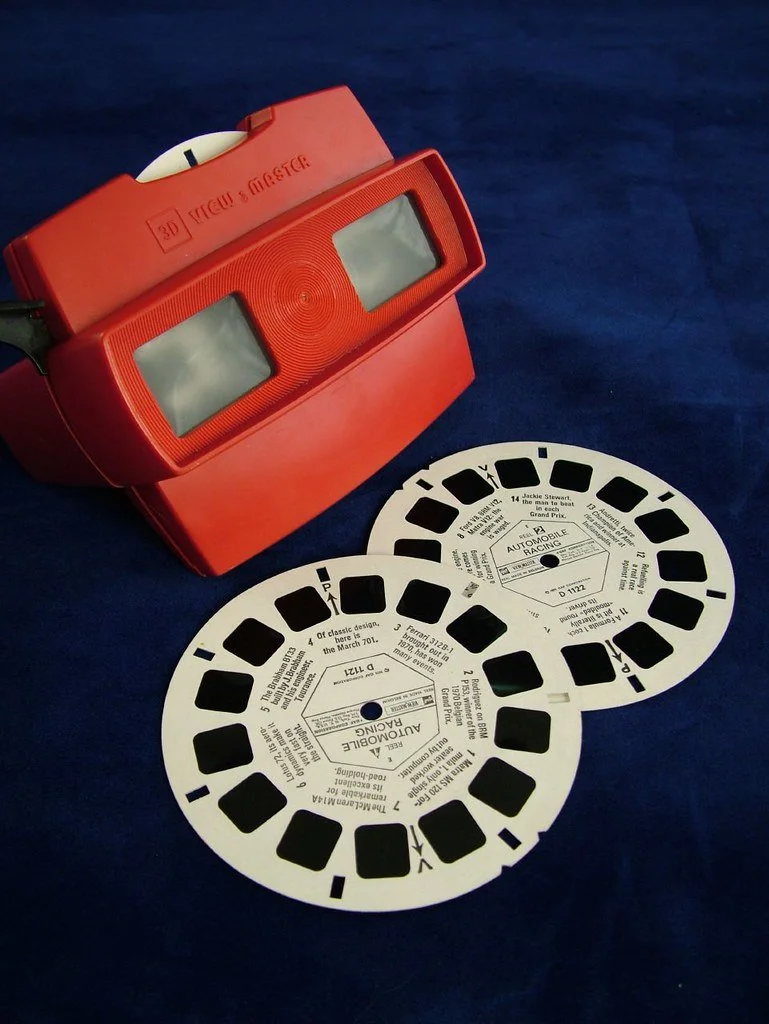All about stereoblindness
What is stereoblindness?
Normally, the brain combines information from each of your eyes into a single, 3D image. However, if your eyes are poorly aligned or if you have poor vision in one eye and not the other, you can end up completely stereoblind. Physicians use terms like amblyopia and strabismus, but stereoblind is a better description of the resulting problem, in my opinion. You can also end up stereoblind if you lose an eye as an adult.
What does the world look like to stereoblind people?
It’s really flat! We know this from the handful of people who have learned to use their eyes together as adults — people like Sue Barry. Barry was amazed to see her entire world inflate — becoming crisper, clearer and more spacious.
How does being stereoblind affect your life?
When I was a kid, I was told that it was no big deal, and that the only consequence was that I’d never be a fighter pilot. This turns out not to be true. If you do not learn to use your eyes together at a very young age, it affects nearly every aspect of your life. You develop a more careful and less accurate method for reaching and grasping things than your peers. You walk differently (with shorter steps, and not looking as far ahead.) You will probably be considered clumsy and bad at sports.
People who are stereoblind also have lifelong problems deciphering close-together text (e.g. on highway signs) or picking out objects that are jumbled together — even if they have 20/20 vision.
Stereoblind teens are less likely to get their drivers’ licenses — even if they have no idea that there’s anything wrong with their eyes.
Should stereoblind people be allowed to drive?
In ordinary driving situations, we are no more likely to get into accidents than anyone else. Stereoblind truck and taxi drivers, however, may be impaired in some situations, compared to their peers. (In the USA, stereoblind people can get regular drivers’ licenses but not commercial drivers licenses.)
Are there any support groups?
You may be stereoblind if:
You never understood the appeal of those dumb Viewmaster toys.
Magic eye puzzles never work for you.
3D movies give you headaches.
You have trouble catching frisbees and fly balls.
Is there a cure?
For kids, patching and eyedrops can improve visual acuity in the weaker eye — but they generally do not improve stereoscopic vision.
Many people, such as Sue Barry, have benefited from vision therapy, but there have yet to be randomized controlled trials showing that it works. (I am also told that the quality of vision therapists is quite variable, so make sure you get a good one.) Additionally, vision therapy is expensive and often not covered by insurance.
That said, there are new Virtual Reality-based treatments that look promising. Alas, the VR options might end up being even more expensive than traditional vision therapy, because you’ll have to get a prescription from a vision therapist to access it.
Should I get eye-realignment surgery?
The vast majority of the time, eye-realignment surgery is entirely cosmetic — and this is true for kids as well as adults. It will make you look more normal to other people, but it will have no effect on your stereovision.
Plus, surgery may make it harder for you to learn to see in 3D, because it can introduce vertical misalignments and dampen proprioception. Additionally, it usually takes more than one surgery to achieve cosmetically aligned eyes. In my case, it took two childhood surgeries, and when I hit 30, my eyes drifted apart again.
You may be told that early surgery is key to saving your child’s vision, but I — and the Cochrane foundation — were unable to find any evidence supporting this. Surgery makes your child’s disability invisible to others, but it’s still very much there.
What should I do?
Try to get yourself (or your kid) into a vision therapy study. And join the fight against eye-misalignment stigma and discrimination.

